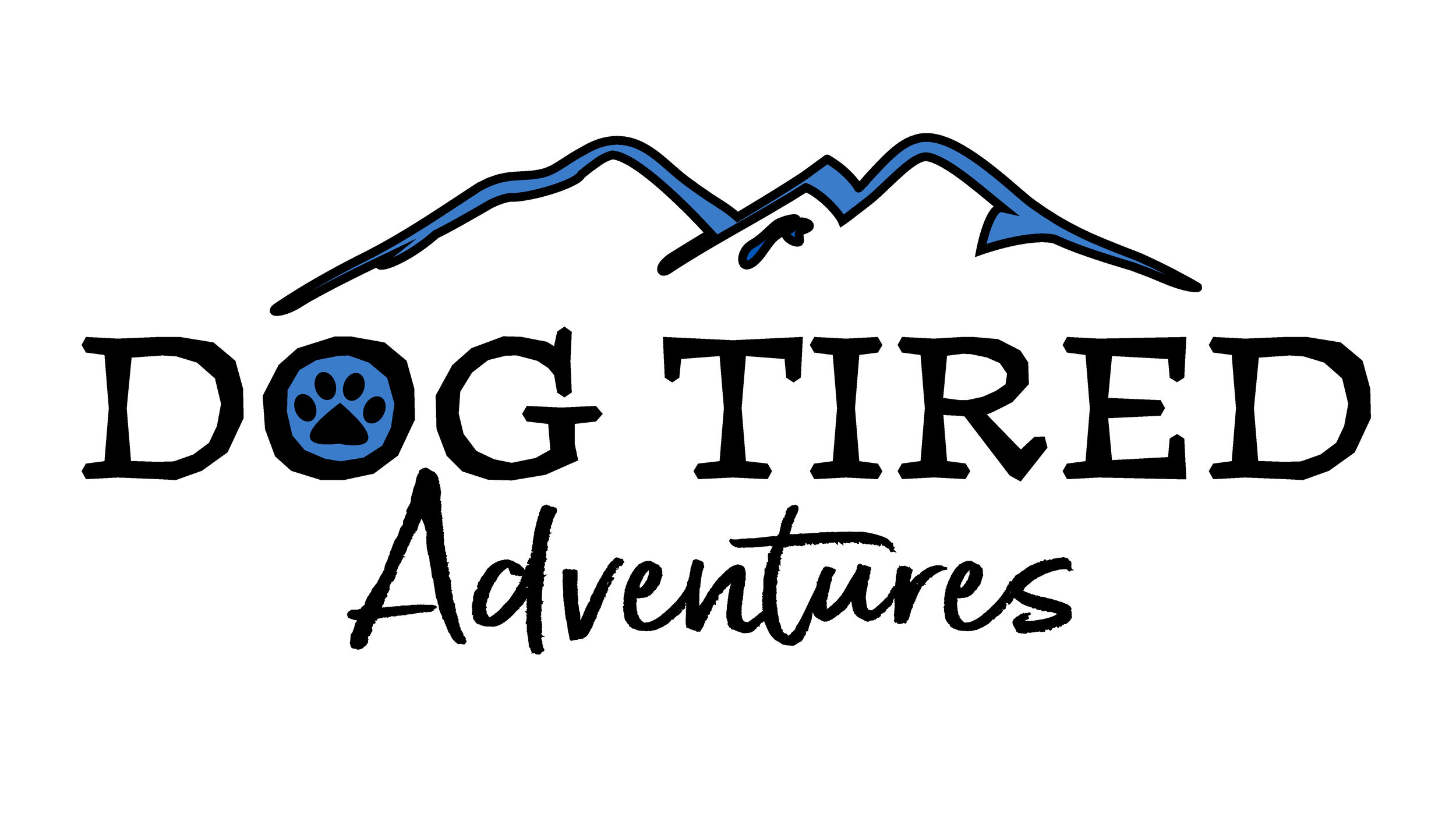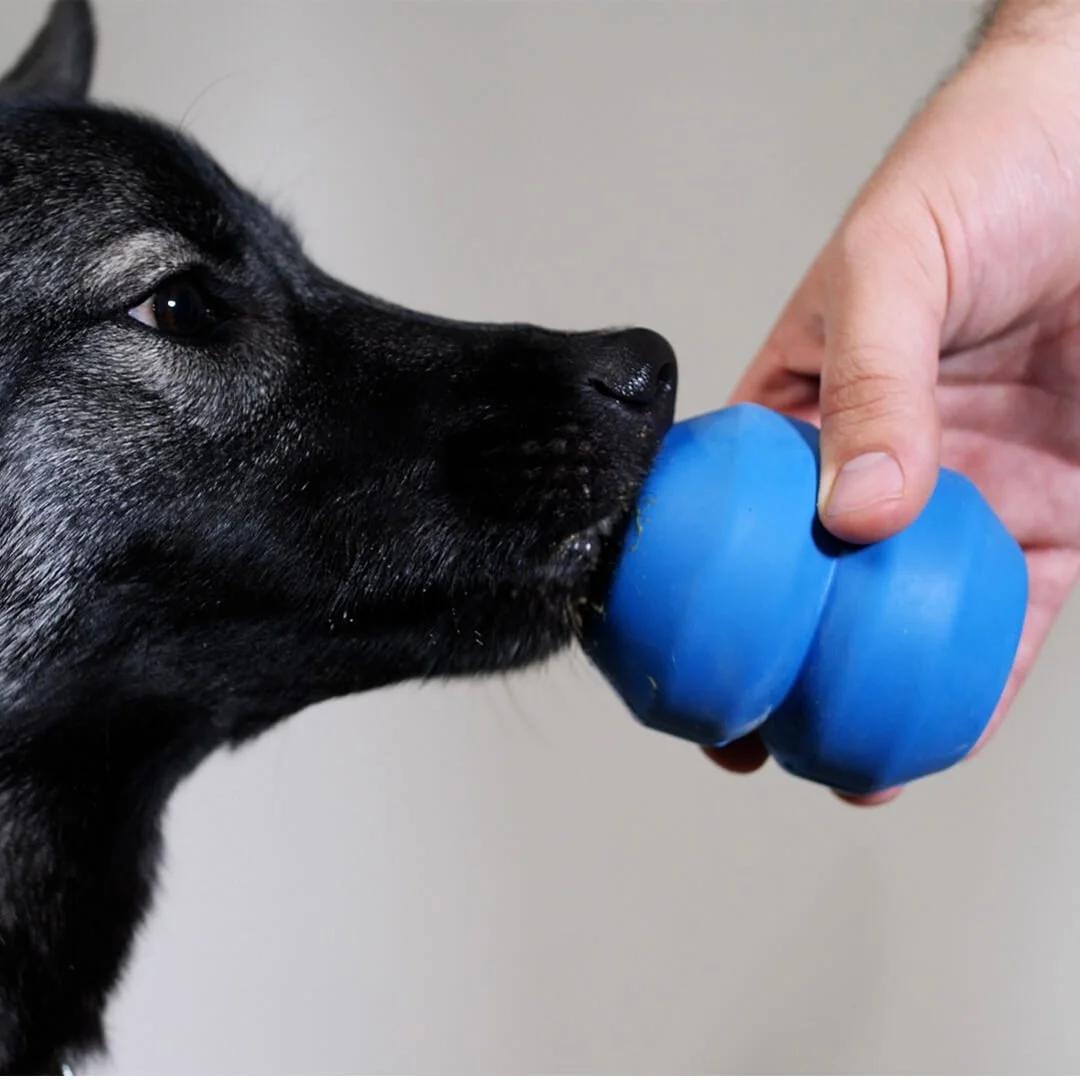Five Types of Dog Toys and How to Pick the Best One
Out of so many toys, how do you know which one is “the one”?
Every dog owner has experienced the confusion of walking into a pet store and seeing the aisles upon aisles of dog toys; most of us just pick a random one, but how do we make sure we are picking a safe toy that will benefit our dog the most? With the market having everything from foot long tennis balls to funny shaped stuffed animals, it can be tricky to pick out the right one, especially if everything says it’s “the best toy ever.” In this blog, we will cover the five types of dog toys and their benefits, as long as some safety tips for each one to ensure you and your dog have the best play sessions.
Interactive
Ropes, Balls, Frisbees
Interactive toys are a great option to build a bond with your dog. They are the toys that you would commonly go to if you want to play with your companion, like a good round of fetch or tug-of-war. Another bonus is that you might even have some of these already in your home, like that old frisbee sitting in the garage. A popular option in this category is rope toys - you can’t go wrong with a high quality rope. If your dog won’t stop tugging on something else, like your favorite jacket, offering a rope toy instead is a great trick to help teach what is okay to tug on and what is not. There are so many options for a good interactive toy and they are pretty easy to get your hands on.
SAFETY TIP: Balls come in all different shapes, sizes, or materials; how can you purchase the right one for your dog? Look for a ball that is just large enough to fit in your dog’s mouth to carry, and not smaller to avoid any choking hazards. Additionally, monitor those rope toys. While most rope toys are pretty indestructible, we all know dogs can tear up things we never even dreamed of. When the rope starts to become frayed, toss it and get a new one to avoid any swallowing of the loose strings.
Enrichment
Brain Puzzles, Treat Dispensers, Kongs
Enrichment toys are the ones that require your dog to solve something or do something for a reward, whether it’s a treat at the end or just the enjoyment of playing with something. These kinds of toys help dogs practice patience, logic, and determination. Enrichment toys would be a great option for owners who aren’t home very often because they can curb boredom and keep your doggie stimulated and occupied in a safe way. They not only teach your dog how to problem solve and wait for a reward, but are fun to do. Toys that periodically give out treats, whether it’s at the end of a puzzle or on a time limit, are a way for you to not be home and still treat your dog. Kongs are a very popular option to slowly let your dog have some delicious peanut butter or a different favorite treat while keeping them interested; they have even helped some dogs with separation anxiety. If you are interested in a good Kong, check out the one linked here (make sure you check out the sizes before purchasing).
SAFETY TIP: If you choose to give your dog a toy where they have to work to get out a treat, make sure you watch how fast they can do it before you put a lot of treats in there and leave. If the dog can quickly get all the treats that were supposed to be given out periodically, it can give them a stomach-ache.
Chew Toys
We all know about chew toys - they were probably one of the first toys we all gave our dog. And for good reason: chew toys are both entertaining and can promote constructive chewing. They can help heavy chewers learn that their toy is okay to nibble on but maybe not their $200 memory foam bed from Tempur-Pedic! On more of a safety note, it can also help teach not to chew on more dangerous things like cords or small choking hazards. There are many varieties of chew toys on the market. Stick to bigger and harder toys for larger breeds since they can be tough chewers, and smaller rubber ones for the smaller breeds to go easy on their mouth. Chew toys can relieve dogs of stress and anxiety and provide mental stimulation - many chew toys are even safer than bones. You can also opt for a dental chew that won’t take any of the fun out of it, but can help clean your dog’s teeth in the process. Check out the dental chew linked here if you’re interested in one.
SAFETY TIP: Only give your dog chew toys that are meant for dogs, especially ones that say they are “indestructible.” Giving them other things can not only promote bad habits, but can be a safety risk.
Plush Toys
Plush toys are the cute or funny stuffed animals that a lot of people are drawn to, and even some dogs too. Some dogs steal the kid’s stuffed animals in the house because they want their own. While it may seem like more of a human toy, plush toys can have major benefits for dogs. One of the main advantages is how comforting they can be. Dogs can chew on them, sleep with them, or carry it with them when they move around. One cool benefit of a plush toy is that they hold scents; so, they can aid in separation anxiety if you are away, which is something a lot of dogs are struggling with after owners are returning to work post-covid. Lastly, the texture and softness of the toy is easier on the teeth for chewing and might be a good option for older or small dogs.
SAFETY TIP: Avoid stuffed toys with Poly-Fil in them as it can be unsafe for dogs. A better option for stuffing is SafeFill which will dissolve in the dogs mouth should they rip it open. Or, look for crinkly soft toys without stuffing at all.
Squeaky Toys
Last but not least are squeaky toys. With the function self-evident in the name, squeaker toys are anything that makes a sound or “squeak” when you squeeze it. They can be plush, rubber, or really any material. The benefits to squeaker toys are that they are engaging and activate your dog’s auditory senses in a good way. Using squeaker toys are a great way to establish “play time” from not. By simply squeezing the toy, you are letting your dog know it’s time to play! The response of the squeak is also giving feedback to your dog that their bite is working - it can be encouraging and keep them engaged.
SAFETY TIP: The squeaker can become a choking hazard if you aren’t careful. To help with safety make sure the squeaker toys are very durable and marketed as “indestructible.” Additionally, monitor your dog when they are using the toy and throw it out when it starts to become degraded.
Happy Playing!
Now that you know more about the different kinds of dog toys and what makes each of them unique, you can go into that pet store with intention and knowledge. Each type of toy has its specific advantages and cautions and picking the right one will help yield the best results. We hope this helped create a safe and fun environment for you and your doggie to play. All that being said, happy playing!
Sources:
https://www.hepper.com/types-of-dog-toys/
https://www.akc.org/expert-advice/lifestyle/types-dog-toys/
https://www.multipet.com/all-about-the-different-types-of-dog-toys/
https://www.animalmedical.net/blog/2020/07/choosing-the-right-toys-for-your-dog/
This blog was written by Samantha Dailey, the Social Media Associate at Dog Tired Adventures. Sam loves to hike around the hills, find new recipes, and to hangout with her Shih-Tzu Maltese she’s had since she was a kid.






